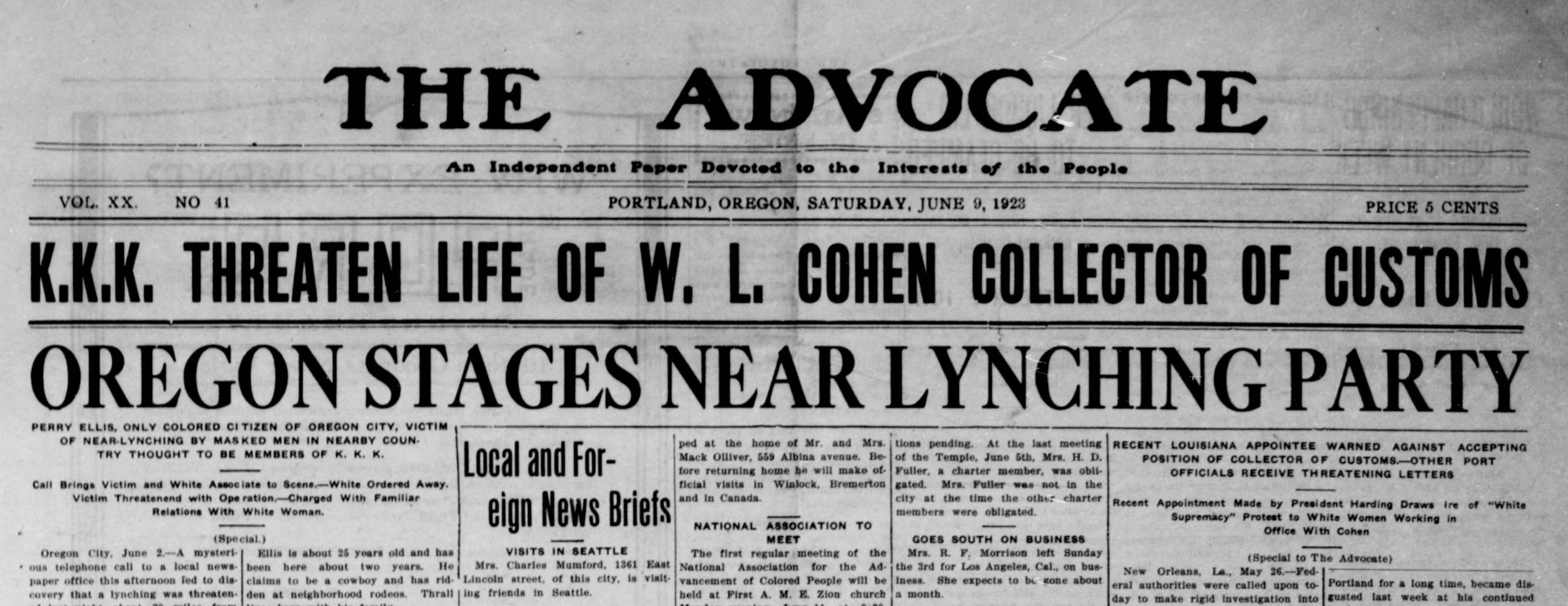The Ultimate Guide To News Articles
The Ultimate Guide To News Articles
Blog Article
News Articles Fundamentals Explained
Table of ContentsNews Articles Can Be Fun For EveryoneThe Greatest Guide To News ArticlesWhat Does News Articles Mean?The News Articles DiariesNews Articles for Beginners
Excellent understanding of various subjects offers students an one-upmanship over their peers. Also though electronic and social networks are readily available, we should not neglect exactly how important it is to check out the papers. Parents need to try and instill the behavior of reviewing a paper as a daily regimen to proceed the legacy of the adored print tool.Information tales also have at least one of the adhering to important characteristics relative to the designated audience: proximity, importance, timeliness, human interest, peculiarity, or effect.
Within these restrictions, news tales also aim to be comprehensive. Amongst the bigger and more highly regarded papers, justness and equilibrium is a major factor in offering information.
Papers with a global target market, for example, often tend to make use of a much more formal style of writing. News Articles.; usual style overviews consist of the and the US News Design Publication.
The Only Guide to News Articles
As a rule, journalists will certainly not use a long word when a short one will do. Information authors try to prevent making use of the exact same word a lot more than once in a paragraph (sometimes called an "resemble" or "word mirror").
Headlines often leave out the subject (e.g., "Leaps From Boat, Catches in Wheel") or verb (e.g., "Cat woman fortunate"). A subhead (likewise subhed, sub-headline, subheading, caption, deck or dek) can be either a subordinate title under the major headline, or the heading of a subsection of the article. It is a heading that comes before the primary text, or a group of paragraphs of the major text.

of a short article subject, source, or interviewee), it is referred to as a pulled quote or draw quote. Additional signboards of any of these kinds might show up later in the article (specifically on subsequent pages) to attract further analysis. Journalistic web sites often use computer animation methods to swap one signboard for another (e.g.
An Unbiased View of News Articles
Such signboards are also utilized as reminders to the post in other areas of the magazine or site, or as advertisements for the piece in various other publication or sites. Press release of the Swiss government. Common framework with title, lead paragraph (recap in bold), other paragraphs (details) and call information.
Instance of a hard-lead paragraph NASA is recommending one more space task. The company's spending plan request, revealed today, included a strategy to send out an additional objective to the Moon. This time around the company wishes to develop a lasting facility as a jumping-off point for other space adventures. The budget plan demands roughly $10 billion for the project.
The NASA news came as the company asked for $10 billion of appropriations for the job. An "off-lead" is the 2nd essential front page information of the day. The off-lead shows up either in the top left corner, or directly listed below the lead on the. To "hide the lead" is to begin the write-up with background details or information of additional importance to the readers, compeling them to check out more deeply into a write-up than they need to have to in order to discover the important factors.
The Facts About News Articles Revealed
Usual usage is that or 2 sentences each develop their own paragraph. Reporters generally define the organization or framework of an information tale as an inverted pyramid. The Source vital and most intriguing components of a story are put at the start, with sustaining info adhering to in order of decreasing relevance.
It enables individuals to explore a topic to only the depth that their curiosity takes them, and without the imposition of details or nuances that they could think about unimportant, but still making that info available to more interested viewers. The upside down pyramid framework also makes it possible for write-ups to be trimmed to any approximate size throughout layout, to suit the space offered.
Some authors start their stories with the "1-2-3 lead", yet there are several kinds of lead readily available. A twist can refer to numerous things: The last tale in the information broadcast; a "happy" story to finish the program.
Longer short articles, such as publication cover posts and the items that lead the inside sections of a newspaper, are called. Attribute stories differ from straight news in several ways. Visit Website Foremost is the lack of a straight-news lead, a lot of the moment. Instead of providing the essence of a story in advance, function writers might try to draw viewers in.
4 Simple Techniques For News Articles
The reporter usually information communications with meeting subjects, making the piece more personal. An attribute's very first paragraphs commonly relate an appealing moment or event, as in an "unscientific lead". From the details of a person or episode, its view rapidly expands to generalities about the story's topic. The area that signals what an attribute has to do with is called the or signboard.

The Editor's Toolbox: A Reference Overview for Beginners and Professionals (2001) Allan M. Siegal and William G. Connolly. The New York Times Guidebook of Style and Use: The Official Design Guide Utilized by the Writers and Editors of the World's A lot of Authoritative Paper (2002) M. L. Stein, Susan Paterno, and R.
Report this page